Reminiscing India in Color, with Film
by Hector Ramos – See his blog HERE
I was privileged to work in India from 1992 to 1995 and to have lived there from 1999 to 2010. I worked with amazing people and became part of their families who embraced me as one of their own. I traveled extensively in different cities and villages, and photographed a lot. India and its people are one of the most colorful on earth. The culture, custom, languages, philosophy, religion and people are so diverse which made travel and photography so stimulating. I had the time of my life exploring. The Garhwal Himalayas with its snow-capped peaks, sacred temples, mythical rivers with its ascetics became my favorite retreat place to escape the cities. I also enjoyed the solitude in the deserts of Rajasthan and the tranquility of the backwaters in Kerala deep down south. Varanasi always pulled me to spend time in her ghats observing people carrying on with ancient rites.
Looking at three suitcases at home full of color slides which easily number to a few thousands, I am overwhelmed by the amount of unorganized photographs and unprocessed life experiences. The pictures below are a small sample and a feeble attempt to share some of the beautiful places in India which captivated my heart.
To those who interested in photographic equipment: most of the images were taken with the Leica MP, 35 and 50 mm Summilux lenses, 75mm Summilux, 24mm Elmarit f2.8; some with the Nikon F5, 20-35mm and 80-200mm f2.8 lenses; mostly on Fujchrome Velvia 50 and some on Provia 100.

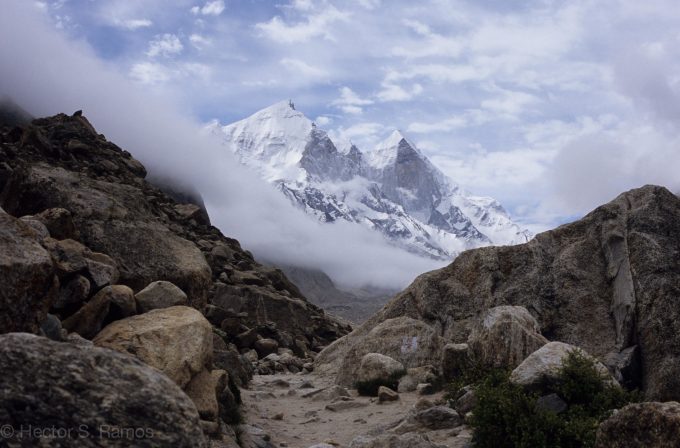
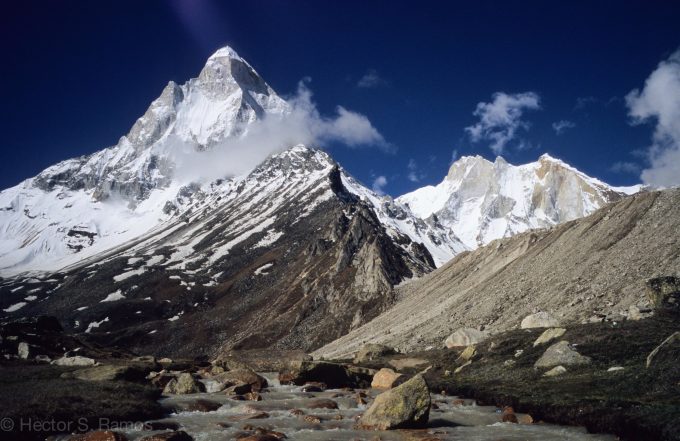
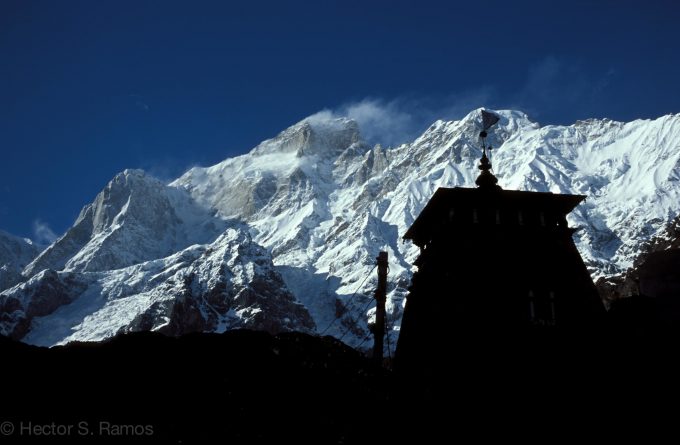
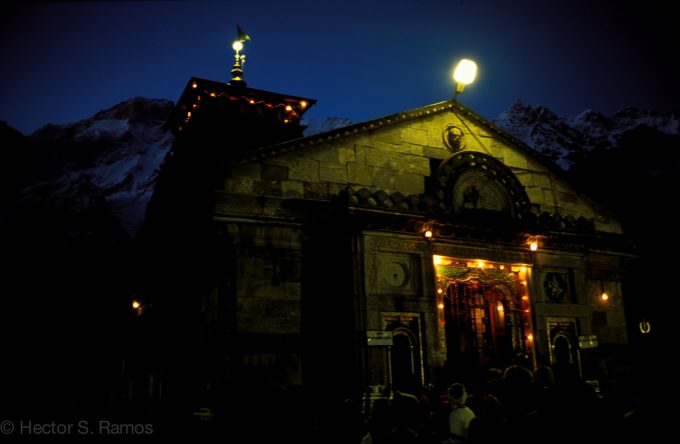
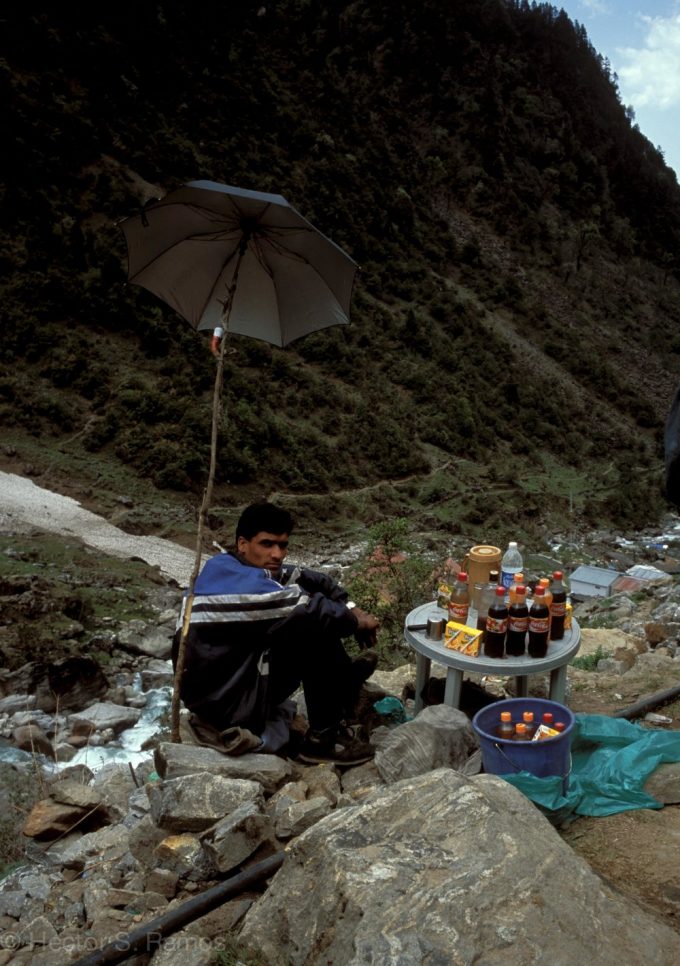
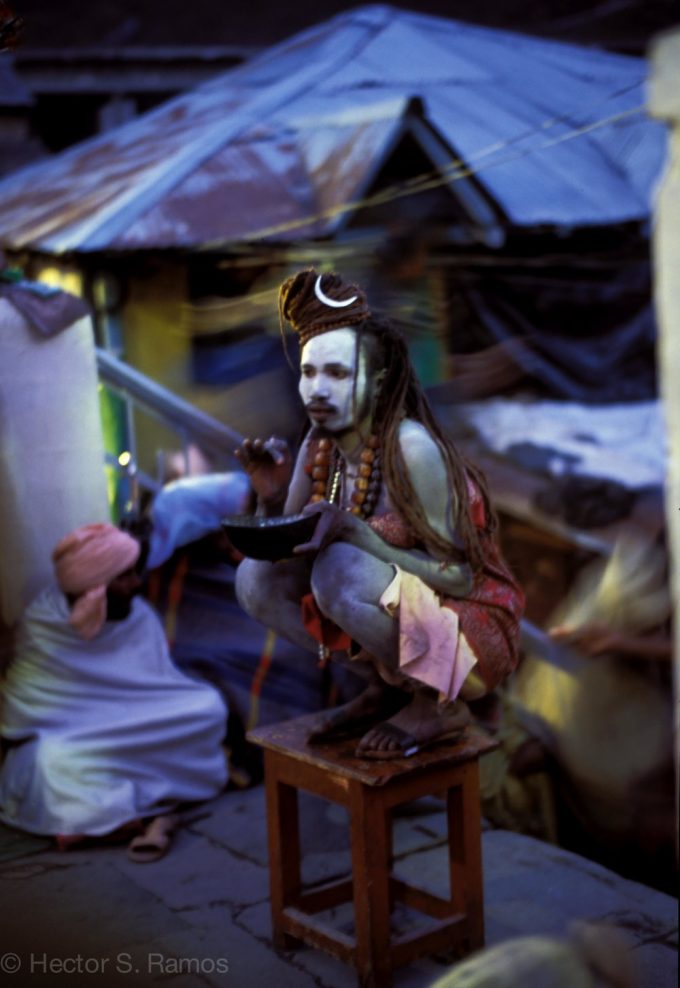
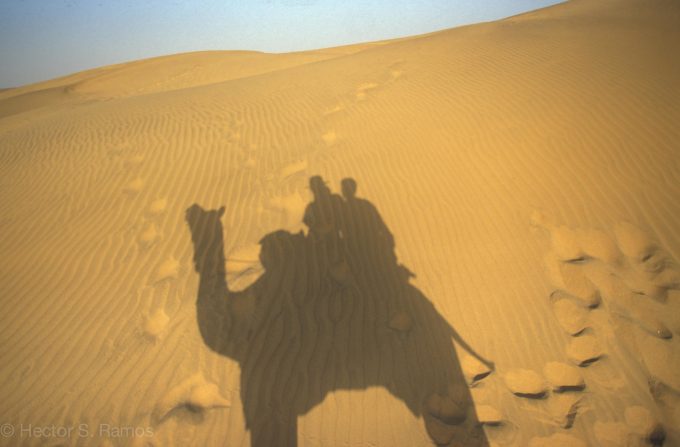
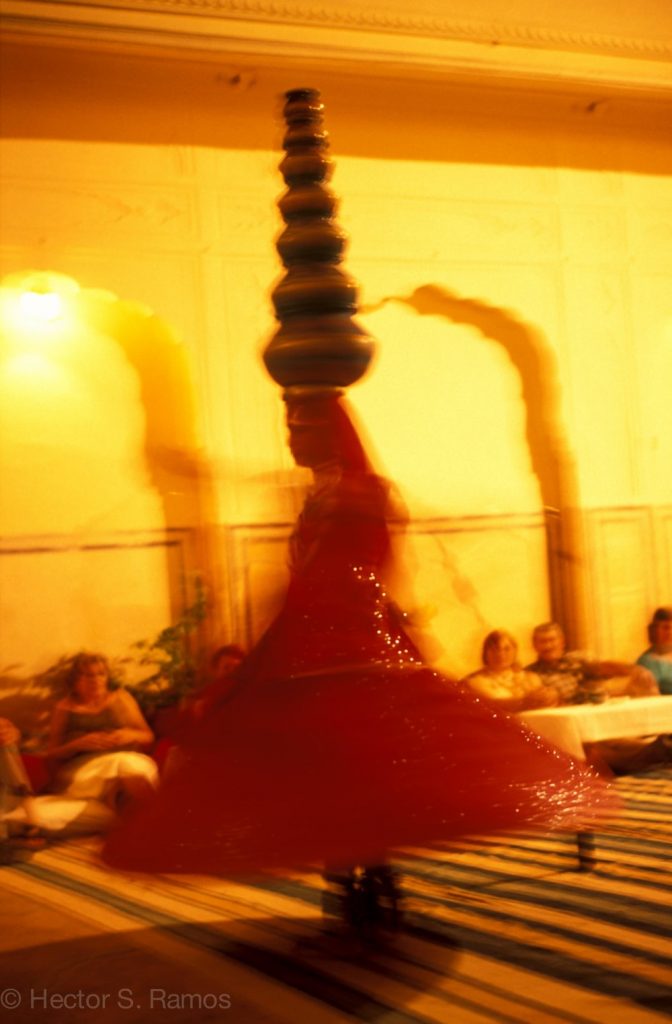
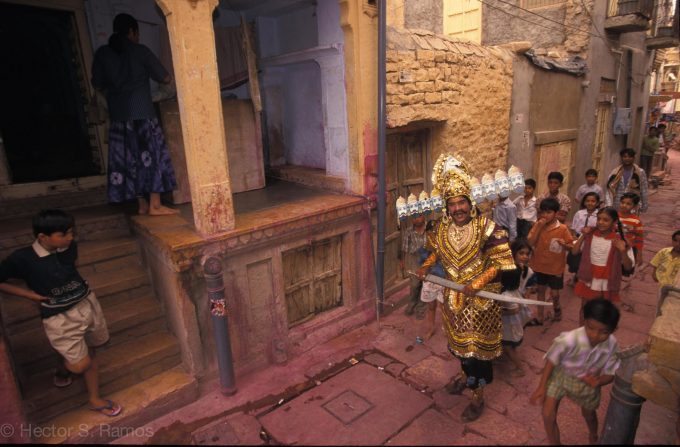
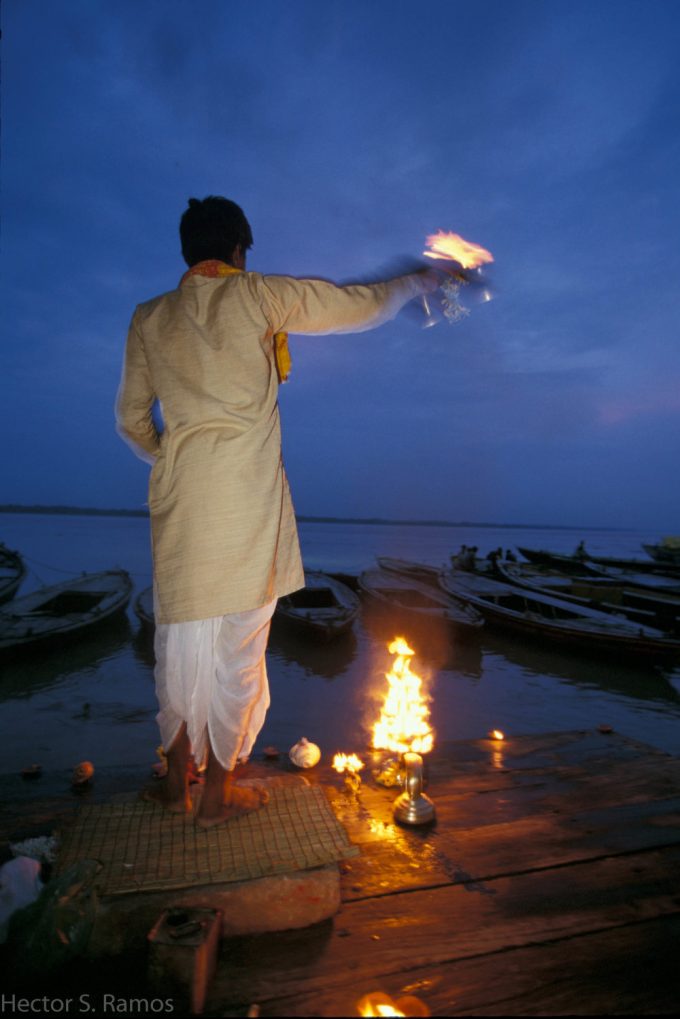
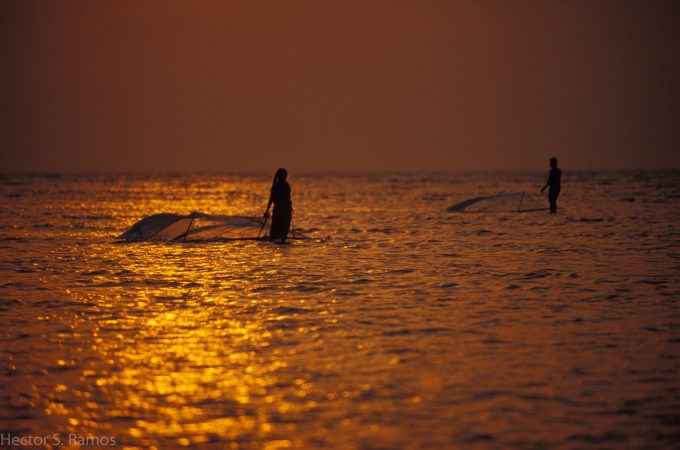
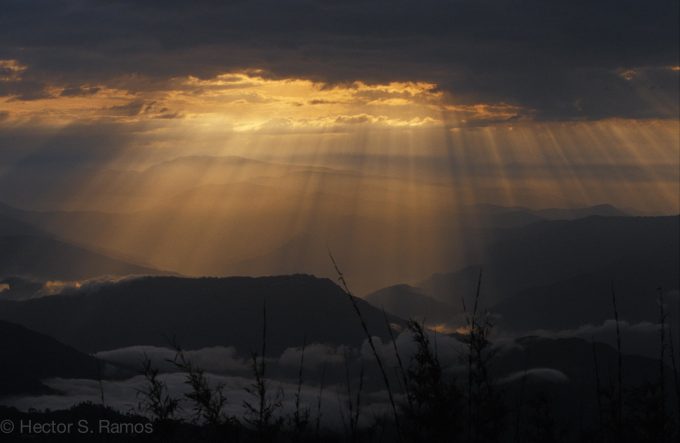
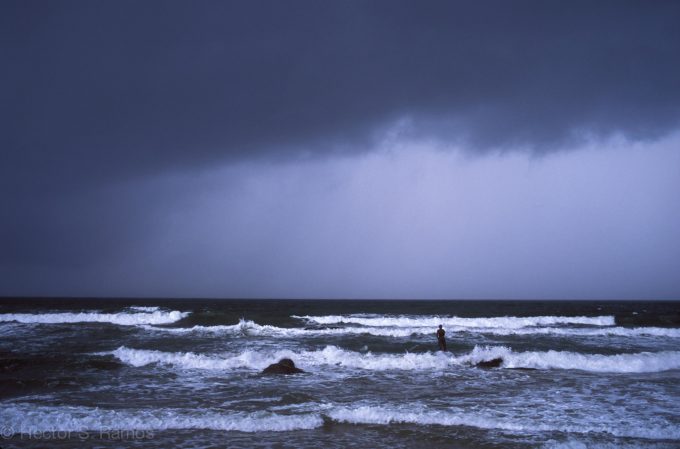
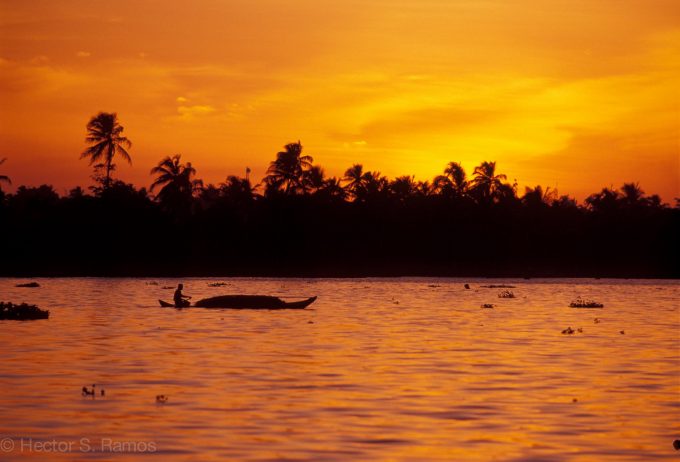
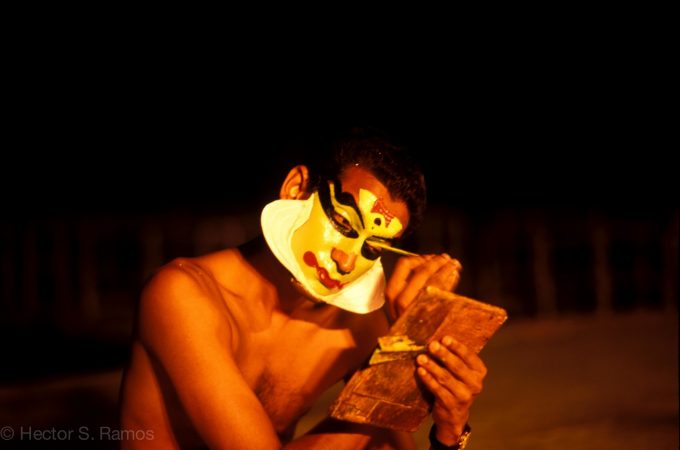
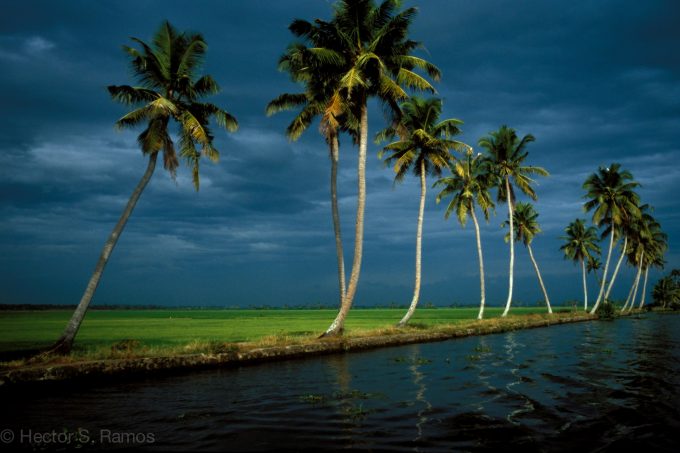
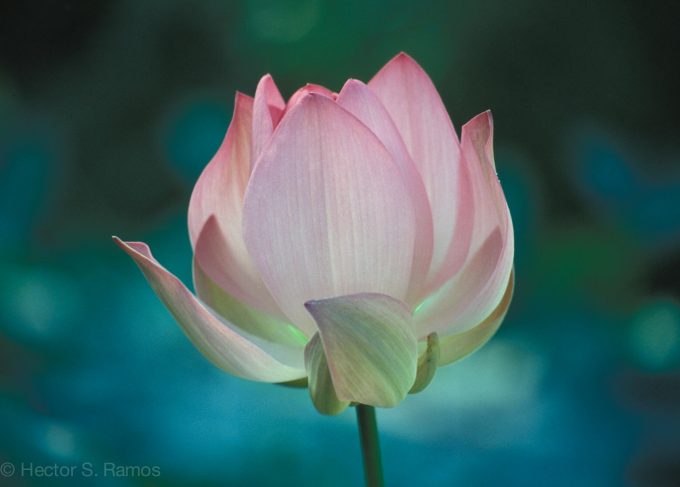
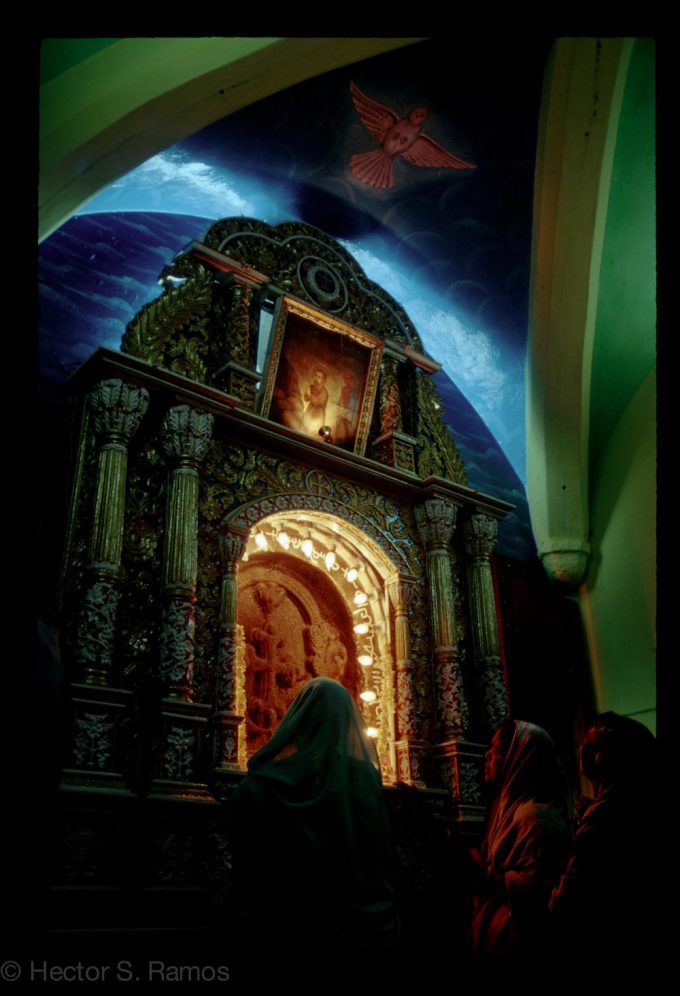


Never saw this before. Really and beautiful collection and lots of memories
Great photographs mate!
Lately, I am trying to do the same when I travel, take only my M4 and some Ektar and Delta.
I read that most of your pics were taken with Velvia 50. How did you cope with the low ISO? In which occasions did you use the Provia?
Also, last question, the red sunset pic, what was it taken with?
Thank you!
I remember being the happiest just with an M, a 35 and a 75 mm summilux lenses. About 90% of my photography can be done with just a 35 mm lens.
I practice hand holding even at 1/2 or 1 second shutter speed (tucking the elbows against my ribs with the camera pressed to my eye and face, inhaling slowly and pressing the shutter relase button while holding the breath then exhaling. I used the Provia when the lighting was low. I use a tripod on serious nature /landscape work. But for all the pictures in this article I never used a tripod. I may have used a monopod on the first photo.
The sunset pic was taken with a Nikon F5 and an 80-200 AFD f2.8 lens when I haven’t yet discovered the Leica M. The F5 has an amazing light meter, the best I’ve used in any camera back then. But then I wanted to master photo making instead of being so reliant on technology. So, I decided to go to the Leica M.
You may go to my photo blog http://www.theartofpatiencephotography.com and find out the equipment used for each shot as well as short anecdotes.
Good luck with your explanations.
Explorations I mean.
I don’t know anything about photography. but liked all the photos especially the ganga ghat, rajasthan desert and snowcapped mountains..and the thoughts it brought along with these……
Digital and film are co-existent in the photographic field. For certain assignments, digital is the way to go. I was an early buyer of the humongous Nikon D1X. It makes me chuckle now how tiny and poor the resolution of that LCD is! I also was an early user of the Leica M8 with its IR sensitivity, etc. I still keep an M9P. Also, my personal work doesn’t require deadlines, so I can enjoy the slowed down process of film. But consider this too: if you are in on a ten-day, two-week or longer trek in the sub-zero frigid Himalayas, and you have no access to electricity for charging, batteries eventually die. And when you ran out of batteries (whether you use digital or film operated cameras), you won’t have any photo to show for your once-in-a-lifetime trip. Here’s where a fully mechanical, battery independent film camera saves the day. You just have to know your exposure. This is something I needed to retrain for when I became dependent on automatic features and started working with film again.
We accept as a given that a good photographer can use film or digital to good effect.
Its about working within the limitations of the medium. Here the photographer has a great eye and curiously the medium where it excels in the wonderful colours is superb – and when it is weaker in the poor light I find it more natural than digital.
Well done ! Let’s hope more people add a film camera to their kit in 2017.
Very good set. Although not all shots are perfect (in term of focus, or film ability to cope with limited light), but they are “fair” vibe and atmosphere is here.
And the single flower shot is just beautiful, cant take my eyes of those colours.
Pleasant and assorted.
I like very much that second, Perhaps Kailash
The second pic is the Shivling Peak which is over 21,000 feet above sea level. The difficult climb to Tapovan where the shot was taken is prized among trekkers.
Thanks
Amazing place
Very Nice..Thanks for sharing…
As limiting as film is and can be, there is still nothing like it! Great set friend.
Film is a wonderful medium for some personal work and a compliment to modern-day digital. I enjoy its deliberate and thoughtful process.
wow
Superb photography! Stunning colors and a different take on India compared to the usual photos of poor people. Would love to see more. And yes, Varanasi is magical.
Thank you. Indeed, India has amazing beauty out in the countryside.
These are what I call “real seeing”. Marvellous and a delight to the eye. Thanks for sharing.
Thank you for the compliment. It is a pleasure to share these pictures which are full of personal anecdotes for me.
Wonderful! I enjoy the armchair thrill of others’ travels.
Very much enjoyed this set. Kudos to you, sir. And those Fuji slide-film blues are easily identifiable. Thank you for sharing!
The Velvias are my favorite slide films. I still keep a few boxes in the fridge courtesy of a friend who gave them to me.